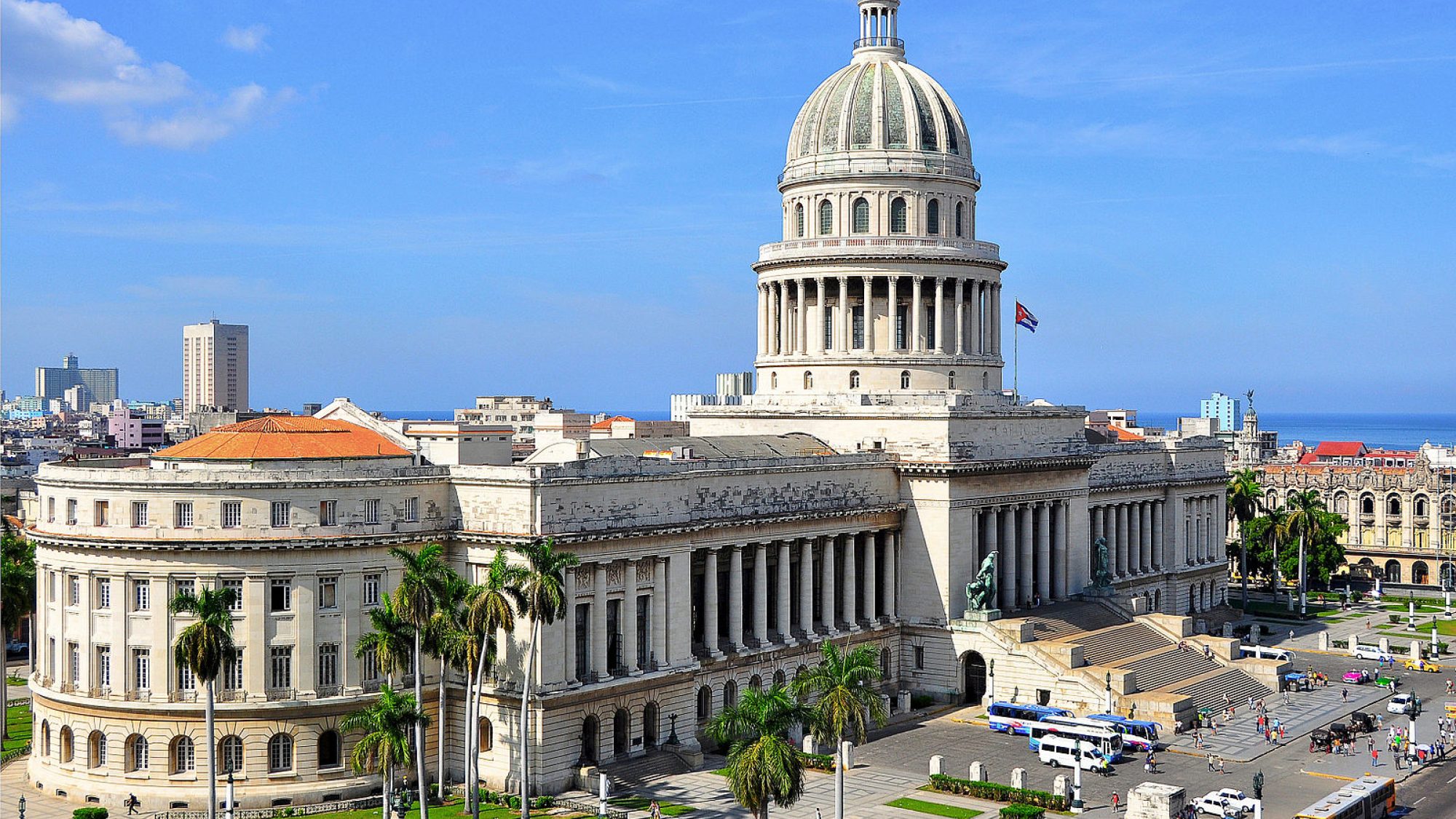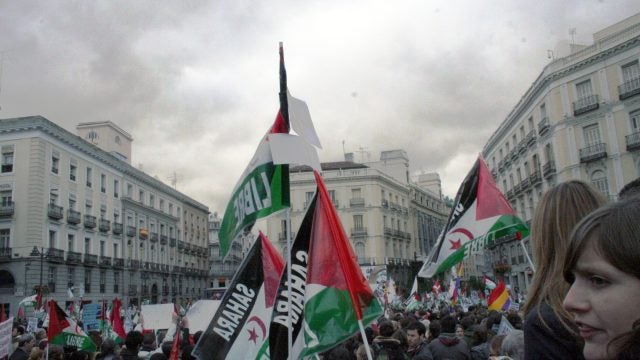In October 2021, Cuban authorities denied Archipiélago permission to carry out its proposed march based on a peculiar interpretation of Article 56 of the new Cuban constitution, which guarantees the right to peaceful demonstration. Cuban authorities alleged that the protest was unconstitutional because it promoted regime change on the island and was financed by the U.S. government and its “subversive organizations and agencies.” The U.S. government denied such accusations. Still, the march organizers insisted that they would demonstrate peacefully on November 15. The stage was set for an inevitable, possibly violent, confrontation between the Cuban government and the opposition movement.
The N15 march was supposed to continue the massive protests that took the Cuban government off guard on July 11, 2021 (J11). On that date, thousands of Cuban citizens took to the streets to voice their discontent with the socialist government. These protests were largely driven by shortages of food, medicine, fuel, and other essential items, in turn aggravated by the coronavirus pandemic, an economic recession, the U.S. embargo, and widespread political unrest. Unprepared for the event, Cuban authorities quickly blocked access to the Internet on the island and detained, imprisoned, and subjected hundreds of dissident leaders to summary trials. As of December 2021, nearly seven hundred people remained under arrest, according to Cubalex, a nonprofit organization that monitors human rights on the island. Dozens have faced sentences of up to thirty years in prison.
Nonetheless, the Cuban government had several weeks to plan for the N15 march, and it displayed the full force of its extensive security apparatus—including the police, the military, plain-clothes agents, the neighborhood-based Committees for the Defense of the Revolution, and special forces known as “Black Berets.” The government combined various methods of intimidation, such as arresting those who had participated in the J11 protests, interrogating those who stated their desire to attend the N15 march, and organizing acts of repression, where pro-government mobs insulted and harassed those affiliated with Archipiélago. On the morning of November 15, government forces and sympathizers surrounded the houses of the most visible leaders of Archipiélago, including its founder, the Cuban playwright Yunior García, and prevented them from leaving their homes.
García himself was the subject of an intense state media campaign to discredit him as a “mercenary” of Yankee imperialism and Miami’s Cuban exile “mafia,” while other dissident leaders like Guillermo Fariñas and Manuel Cuesta Morúa were detained or threatened with criminal charges if they attempted to protest on November 15. García repeatedly denied any connections with the U.S. government or any “terrorist” organization abroad. An interview with García by the Spanish news agency Efe on November 13 apparently led the Cuban government to revoke journalists’ credentials to the agency’s seven staff members on the Island. As of writing in January 2022, Efe only has two accredited staff members in Cuba.
The day before the march, García intended to walk silently by himself in the streets of Havana, dressed in white and carrying a white rose, in reference to José Martí’s poem about extending peace to both friends and foes. Instead, García was unable to leave his apartment as government supporters partially covered his window with a huge Cuban flag. Journalists and neighbors could still see him holding a rose and an improvised sign that read “My house is blocked.” Widely distributed around the world, this became the iconic image of the frustrated attempt to protest on November 15. Other Archipiélago leaders, such as Saily González in Santa Clara, were similarly impeded from leaving their homes, while independent journalists like Camila Acosta and Luz Escobar remained under house arrest. Much of the international community, including the United States, the European Union, and several Latin American countries, condemned such tactics.
The day after the aborted march on November 15, García and his wife, Dayana Prieto, temporarily disappeared. They turned up in the Madrid airport on November 17, after receiving tourist visas from the Spanish government. García explained that he had fled the island because of the constant harassment, pressure, and isolation by Cuban authorities. García’s secret departure from Cuba shocked Archipiélago leaders and supporters on the island and abroad. It clearly was a blow to the opposition movement in Cuba, as García had become the most well-known figurehead of that movement. Although García has not requested asylum in Spain and hopes to return to Cuba, his compatriots will surely miss his sudden absence from the island. Several members of Archipiélago—such as Saily González, Daniela Rojo, and Fernando Almeyda—subsequently resigned from their leadership positions. The Archipiélago coalition currently appears to be in disarray.
On November 16, Cuban Minister of Foreign Affairs Bruno Rodríguez declared the march an “absolute failure” and underlined the atmosphere of “citizen tranquility” on the island. This claim was partly designed to reassure outside observers, especially international tourists, that Cuba is returning to normalcy after the coronavirus pandemic. Nonetheless, some members of Archipiélago and its sympathizers abroad proclaimed the march a success insofar as it galvanized popular discontent in Cuba and attracted international solidarity, together with showcasing the authoritarian response of the Cuban regime. Cuban Catholic bishops supported the right to peaceful demonstration on the Island, as well as the U.S. government and many international organizations such as the United Nations and Amnesty International. Likewise, several well-known Cuban musicians condemned state repression of the peaceful demonstration.
For the United States, a more effective set of policies toward Cuba might include following up on the Biden administration’s announced commitment to relaxing travel and remittance restrictions, as well as expanding the consular staff at the U.S. Embassy in Havana to facilitate the issuing of immigrant and tourist visas to Cuban citizens. Moreover, Republican and Democratic elected officials generally agree that the U.S. government should help to ensure Internet connectivity in Cuba, in order to foster greater transparency and accountability of the island’s government by ordinary citizens. However, it has proven technically difficult to implement this initiative without the cooperation of the Cuban government. Such cooperation is highly improbable given the Cuban government’s perception that this move would constitute a foreign “aggression” to promote a change in the island’s political system.
Unfortunately, the Biden administration is unlikely to pursue any major policy changes toward Cuba before the midterm elections in November 2022, because of the potential electoral fallout among Cuban Americans in the key state of Florida. Even more unlikely is that the Biden administration would return to an Obama-style engagement policy after the flagrant use of violence, harassment, and intimidation by the Cuban government from J11 to N15. The most probable course of action by the U.S. government will be a continuous commitment to democracy and human rights on the island. What this support will mean exactly in terms of tangible policies remains unclear. At the same time, the White House is clearly trying to appease segments of the public that have urged greater sanctions and even military intervention.
It will take time to determine the long-term consequences of N15, the march that never was. For some, the street protests that first exploded on July 11 were a harbinger of major political transformations in Cuba, a sign of the growing popular dissatisfaction with a dictatorial regime that has stayed in power for sixty-three years. For others, the capacity of that regime to censor, persecute, and export any form of dissent suggests that it remains largely intact and resistant to change, despite pressures from below and abroad. Paradoxically, one of current President Miguel Díaz-Canel’s favorite hashtags is #WeAreContinuity, referring to the revolutionary project. But change, rather than continuity, seems to be increasingly in demand in Cuba. Although N15 failed to continue the massive expression of discontent that appeared on J11, it highlighted the need to recognize “diversity, pluralism, democracy” and “citizen empowerment” in Cuba, as Archipiélago’s mission states. The future of the Cuban nation largely depends on the construction of a more civilized way to process ideological differences and build consensus based on dialogue, mutual respect, and reconciliation.
…
Jorge Duany is Director of the Cuban Research Institute and Professor of Anthropology at Florida International University in Miami. He has written extensively about Cuban and Caribbean migration, ethnicity, race, nationalism, and transnationalism. He has published twenty-two books, including Cuba and Puerto Rico: Transdisciplinary Approaches to Their History, Literature, and Culture (forthcoming) and Picturing Cuba: Art, Culture, and Identity on the Island and in the Diaspora (2019).
Image Credit: Nigel Pacquette, CC BY-SA 3.0



